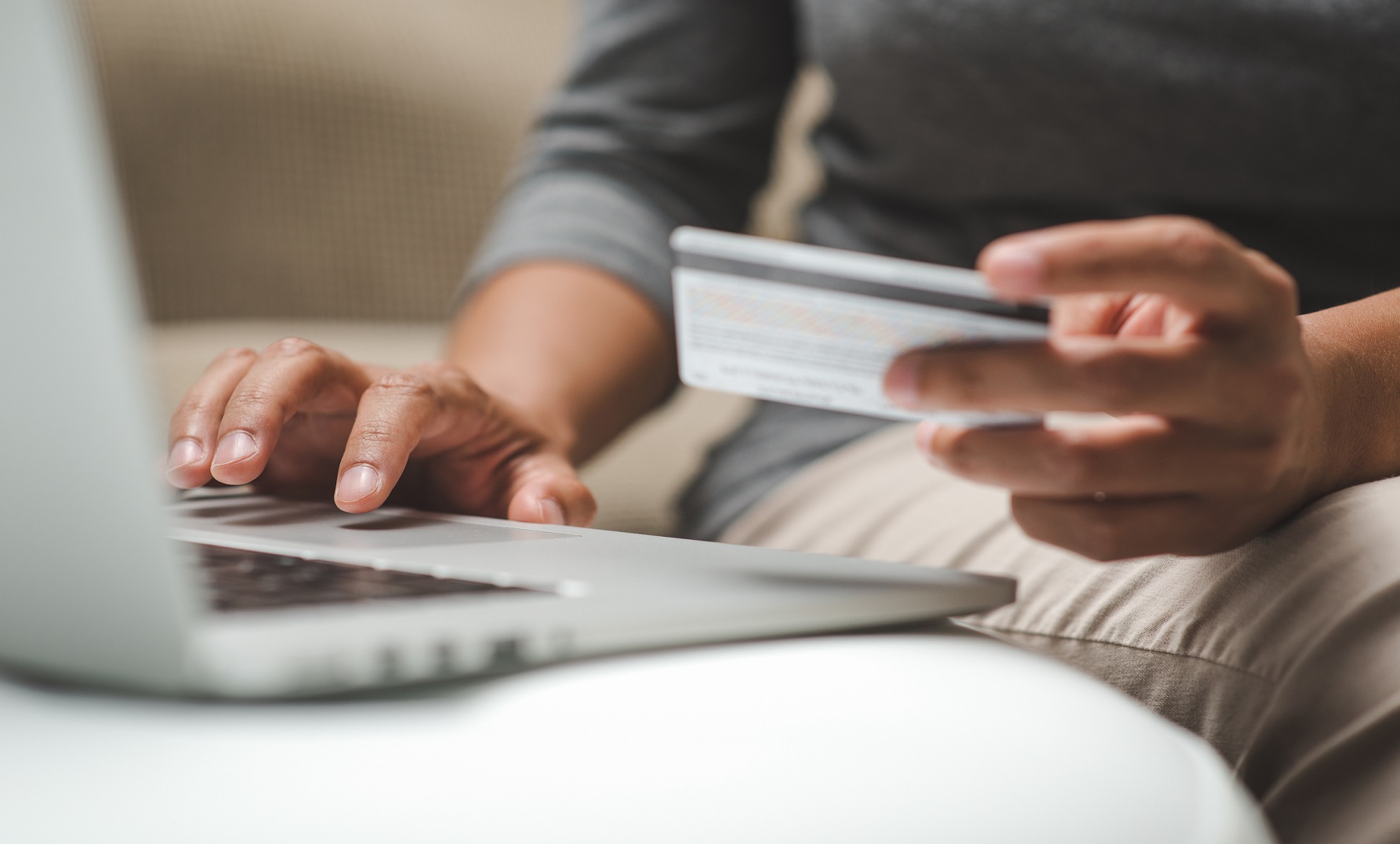Pakistan is changing. Its middle class is growing rapidly. With that comes an increase in consumer spending and economic growth. The younger generation is becoming more materialistic – yearning for a better life, but questioning the cost. Our contributor writes a very personal story questioning the merits of the change. Questions we should all ponder.
Consumer loans, credit cards and an economically destructive lifestyleandhellip;
It's noon, Sunday. My wife is cooking in the kitchen. The doorbell rings and she asks me to answer it. It's the delivery guy again with a parcel and a bill. "Rs. 2,000 please", he says. "Uff, who is going to pay this sweetie?" I say aloud so she can hear my concern about her spending. "Another dress?" I ask. "No its jewelry, it was on sale and the last piece you know, I couldn't have gotten a better bargain, and it's imported from Kenya!"
We are in our thirties, live in a small studio apartment in Karachi Clifton, Pakistan. Of course it is rented. How else would we be able to afford a residence in such a centrally located posh metropolitan area? We both work. Our only son is three and goes to an elite school. And our lifestyle??? We pay through our noses to maintain a lifestyle that our generation aspires to live. When our pay check runs out, we pull out the credit card. A life of spending and showing off. A lifestyle that screams shop till you die! Cars, branded clothes and watches, fine dining and travel. We are typical of our generation!
In September 2014, the Euromonitor International reported that in Pakistan, "a growing middle class, rapid urbanization, and an increasing number of women in the workforce has led to an increase in disposable incomes. Many consumers are increasingly becoming brand-conscious. Increased internet access and mobile technology have increased the power of the consumer too."
Sometimes I wonder if my parents were better off living a simpler village life that they don't need to trade for anything. They would save for many years to buy a car, pay for a child's education, or for wedding dowries. That life-style is long gone. Lives today are driven by technology, marketing, and retail. We live in today. We don't save or invest for a better tomorrow. Who has seen tomorrow anyway?
I ask myself what is wrong with our priorities? The economy is a mess. I am to blame because I am supporting the economy's destruction by adopting a lifestyle built on things and debt.
Our manufacturing base is dwindling. A growing middle class should provide the base for increased production as companies strive to meet appreciating demand. Yet the growth in the manufacturing sector only grew 1.3 percent in January. Investment in fixed capital only contributed 13.6 percent to GDP. While these figures are low compared to other countries in our region, they are improving. In April 2016, manufacturing actually contracted 3.06 percent, largely due to the political instability which discouraged international investment. In addition, it was easier to get a consumer loan than a commercial loan. This holds back real economic progress because discouraging commercial loans discourages the growth of local industries and exports. Manufacturing shrinks because capital depreciates and is not replaced by a more advanced technology. The irony is, our spending has increased, thanks to ever available imports in the market. In 2016, our exports fell to 20.96 billion USD from 22.73 billion in 2015. Imports also fell, but still exceeded exports. In 2016, we exported 38.25 billion USD, down from 39.29 billion in 2015. (World Factbook)
An increasing consumer income creates a demand for more and more products and services. Consumer spending has been aided by lower interest rates. A benchmark rate in Pakistan steadily declined from over 14 percent in 2009 to 5.75 percent. (Trading Economics – Pakistan) Unfortunately, in a climate that is not attractive to business investment banks focus on short-term consumer financing.
Express Tribune, a local newspaper reported on August 21, 2016 that "the focus has been mainly on short term financing such as credit cards, personal loans, and auto loans." And also "The share of industrial sector was around 25% in the GDP in early 2000 and has declined to around 20.50% showing a decline in the economic development of Pakistan." The cement and construction, leather goods, fresh farming, tourism, textile, and the SME have suffered significantly partially because retail is largely dominated by imports. Statista suggests that "total consumer spending in Pakistan from 2013 to 2018 will increase to about 182.76 billion U.S. dollars" and sadly too little of it will go into Pakistani pockets unless production improves. Fortunately, some companies recognize our potential. Recently Renault announced plans to build a plant in Pakistan. (DAWN, November 29, 2016) It's time we wake up and spend wisely. It's time to save and invest in the local businesses for an economically sound Pakistan. And yes, my wife needs to read this too!
For a free lesson to learn more about the gross domestic product please visit
Gross Domestic Product – Measuring an Economy's Performance. Also visit our lesson
Production Possibility Frontier to understand the importance of capital investment in growing an economy.
